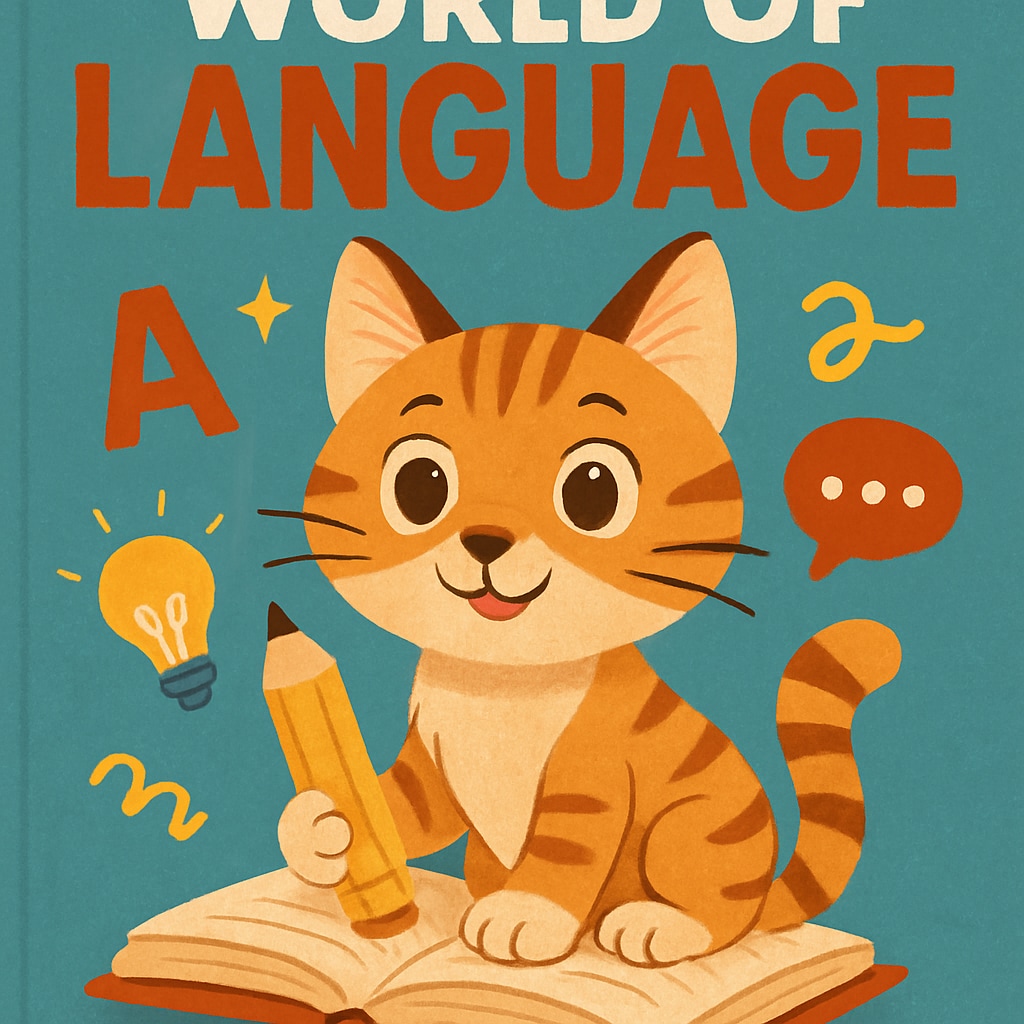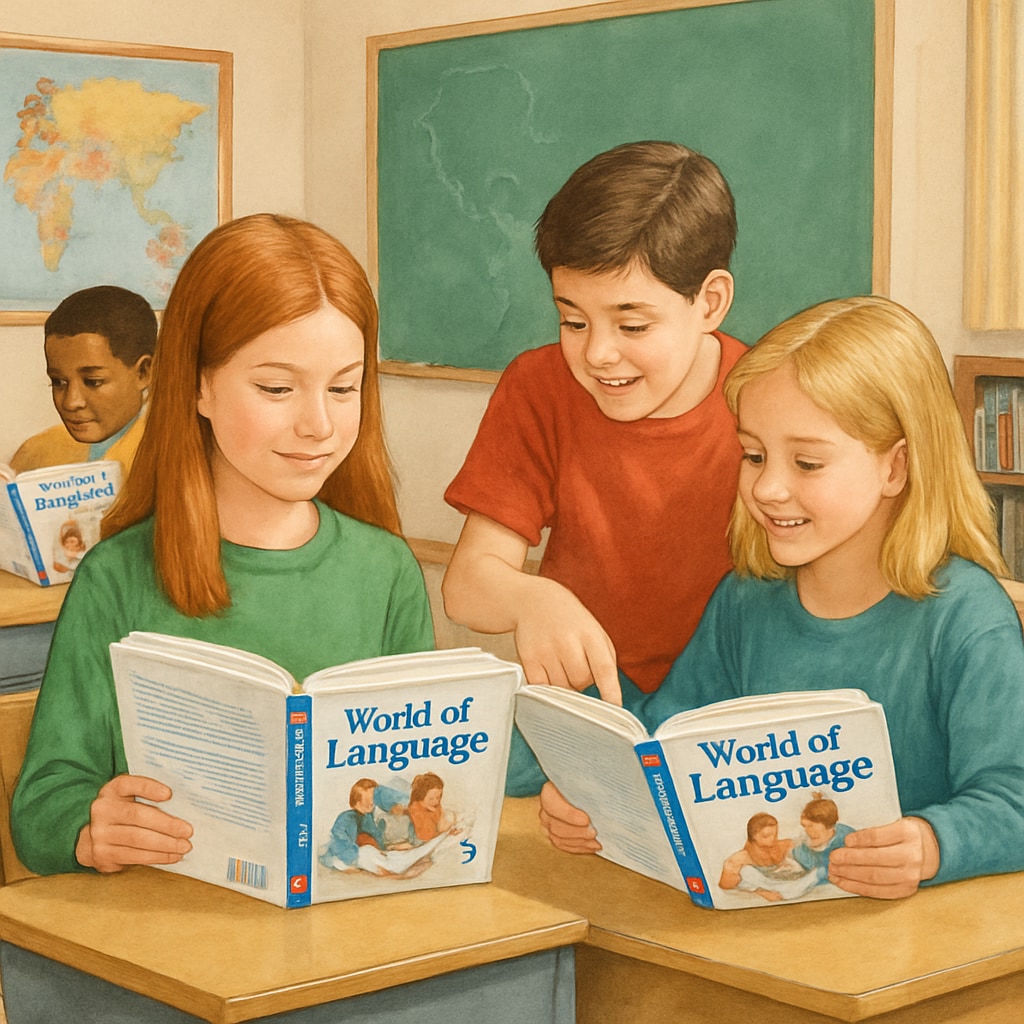The “World of Language” textbook series, including the unforgettable third-grade edition with its iconic cat-covered design, has long been celebrated for its ability to blend structured learning with creative engagement. As one of the most impactful tools in elementary language education, this series was more than just a collection of lessons; it was a carefully crafted guide that taught children how to navigate the complexities of language while fostering a lifelong love for words. In today’s era of digital learning resources, the systematic, playful, and deeply enriching qualities of this classic series continue to provide meaningful insights for contemporary language education.
The Unique Appeal of the “World of Language” Series
What made the “World of Language” textbook series stand out was its ability to balance rigor with enjoyment. Unlike many modern educational tools that often prioritize memorization or test preparation, this series embraced a holistic approach to language learning. It incorporated storytelling, vocabulary building, grammar exercises, and creative writing tasks, all presented in a way that felt engaging and natural. The iconic cat-covered third-grade edition exemplified this approach, with its charming visuals and carefully curated content designed to captivate young learners.

For example, students were often introduced to grammar concepts through relatable narratives or thought-provoking puzzles. These activities not only made learning enjoyable but also reinforced critical thinking and problem-solving skills. Furthermore, the series emphasized the importance of scientific reading—an approach that encourages students to analyze text, grasp deeper meanings, and develop coherent interpretations. This method proved instrumental in building language proficiency that extended far beyond basic literacy.
Lessons from a Timeless Educational Tool
The enduring success of “World of Language” lies in its ability to adapt educational principles to the needs of young learners. While digital platforms today offer interactivity and convenience, they often lack the depth and structure that textbooks like “World of Language” provided. Its methodical progression—from simple concepts to more complex ideas—ensured that students gained a solid foundation in language arts before advancing to higher-level skills.

Moreover, the series excelled at fostering creativity. Writing prompts and open-ended exercises encouraged students to express themselves, explore their imagination, and develop their own voice. This approach stands in stark contrast to the rigid frameworks often found in standardized educational resources today. As a result, many educators and parents view the series not merely as a textbook but as an inspiring companion that guided children through the art and science of language.
Continuing Relevance in the Digital Age
In the modern era, where digital tools dominate the educational landscape, the legacy of “World of Language” reminds us of the importance of balance. While technology offers unparalleled access to information, it cannot replace the thoughtful pedagogy embedded in classic resources like this textbook series. The emphasis on scientific reading, systematic learning, and creative exploration found in “World of Language” serves as a blueprint for future educational materials.
Additionally, the tactile experience of holding a book, flipping through its pages, and engaging with its content without distractions is something that many argue is irreplaceable. For educators seeking to merge traditional and modern approaches, the principles behind “World of Language” provide a valuable starting point. Its emphasis on depth, structure, and creativity remains as relevant today as it was decades ago.
In conclusion, the “World of Language” textbook series, particularly the third-grade edition with its whimsical cat cover, is a testament to the power of thoughtful educational design. By blending systematized learning with imaginative engagement, it nurtured generations of learners who not only mastered language but also developed a genuine love for it. As we continue to explore new methods of teaching in the digital age, this timeless resource serves as both a nostalgic treasure and a guiding light for educators worldwide.
Readability guidance: This article uses concise paragraphs, active voice, and simple language to ensure accessibility for a wide range of readers. Key insights are summarized with clear headings and supported by examples.


